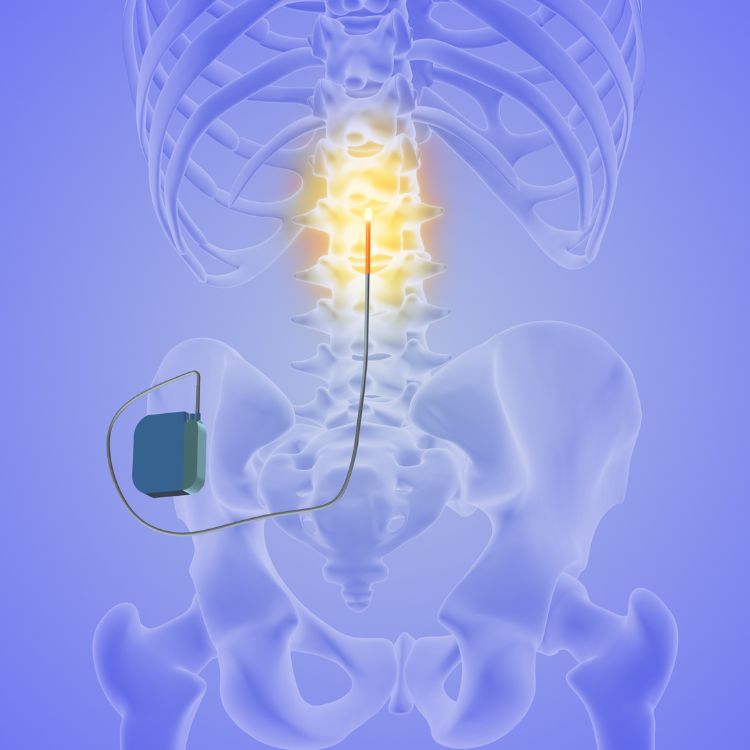What is Diabetic Neuropathy?
Diabetic neuropathy is a form of nerve damage caused by long-term high blood sugar. While anyone can experience nerve issues, people with diabetes are at higher risk, especially when blood sugar levels remain uncontrolled over time. This condition can affect nerves throughout the body, but it most often targets the legs and feet.
Types and Symptoms of Diabetic Neuropathy
Symptoms can differ based on which nerves are affected. The most common forms include:
Peripheral Neuropathy
Peripheral neuropathy affects the legs, feet, hands, and arms. It often starts with tingling, numbness, sharp pain, or a burning sensation in the extremities.
Autonomic Neuropathy
When diabetes damages the autonomic nerves—which control involuntary functions—symptoms may include digestive problems, bladder issues, or even trouble regulating blood pressure.
Proximal Neuropathy
This less common form typically causes severe pain in the hips, thighs, or buttocks. It can also weaken leg muscles, making it hard to stand from a seated position.
Mononeuropathy
Mononeuropathy occurs when a single nerve is affected. This can lead to localized pain or weakness, such as facial droop, pain behind the eye, or numbness in a specific area.
Diabetic Neuropathy Treatment at Mays & Schnapp
We tailor every treatment plan to your specific symptoms and needs. Managing blood sugar is essential to slowing nerve damage, but symptom relief is just as important. At Mays & Schnapp, we offer a range of treatments, including:
- Spinal cord stimulation
- Anti-seizure medications for nerve pain
- Antidepressants with pain-relieving properties
- Nerve blocks for targeted relief
- Radiofrequency ablation
- Peripheral nerve stimulation






